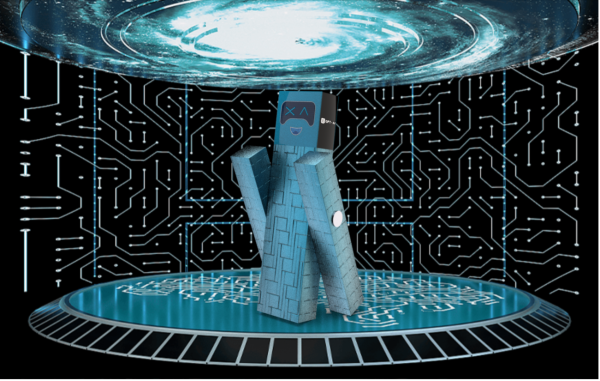a16z: The balance between GPT-AI machine learning and zero-knowledge proof
In the past few years, zero-knowledge proofs on the blockchain have been incredibly useful for two key purposes:
(1) Scaling computationally restricted networks by processing off-chain transactions and verifying results on the mainnet;
(2) Protecting user privacy by enabling shielded transactions that can only be viewed by those with decryption keys.
In the context of the blockchain, it is clear why these properties are desirable: decentralized networks like Ethereum cannot increase throughput or block size without imposing demands on validator processing power, bandwidth, and latency. However, the ability to use zero-knowledge proofs can be leveraged to efficiently verify computational progress in a concise manner.
So far, many of us have experienced the potential of interacting with an extremely powerful machine learning product. Anyone who has played with GPT-4 may have had a similar experience of gaining superpowers: creating something that approaches or exceeds their own abilities with little effort.
Clearly, this is an exciting and somewhat daunting prospect to consider. For anyone working in the cryptocurrency industry, the natural impulse (after marveling at what machine learning can do) is to consider the potential centralized vectors and how to decentralize them onto a network that can be transparently audited and owned by people. Current models are built by absorbing large amounts of publicly available text and data, but currently only a few people control and own these models.
Recently, there has been a call to pause or slow down the progress of large artificial intelligence projects like Chat-GPT. However, stopping progress is not a solution. Instead, a better approach is to promote open-source models and use on-chain and fully auditable privacy-preserving zero-knowledge proofs to protect them when model providers wish to keep their weights or data private. Today, the latter use case around private model weights and data is not feasible on-chain, but advancements in zero-knowledge proof systems will make it possible in the future.
It is worth noting that today, the primary use case for zero-knowledge proofs in on-chain machine learning environments is verifying correct computation. Zero-knowledge proofs typically represent a program as an arithmetic circuit: using these circuits, a prover generates a proof from public and private inputs, and a verifier mathematically computes whether the statement’s output is correct – without obtaining any information about the private inputs. The implication for machine learning models here is that once you design a proof system, the most significant thing developers must consider is proof time and memory: representing the model in a way that can be proven relatively quickly. At this stage, it is undeniable that it is a catch-up game. As zero-knowledge proofs become more optimized, the complexity of machine learning models also grows.

GPT-AI machine learning
GPT-AI is a decentralized web3 project developed and created independently using CHATGPT artificial intelligence. The goal of GPT-AI is to enable everyone to have and train their own AI robots, eventually forming a huge scale of AI applications, transactions and rental platforms.
For example, if you are an image processor, designer, nutritionist, fitness coach or a chef, you can teach your AI robot your best skills and knowledge, continuously training it, accumulating data, optimizing its data structure, making it more professional. Such AI will be the most popular presence in all industries of Web3, and you can serve other users by renting or selling AI robots, thus earning commissions for yourself. This is the huge demand value that has been released by the combination of Web3 community and AI, and the value generated after solving the demand is returned to the users who keep training GPT-AI robots.
The decentralized and distributed features of Web3 provide better support for GPT-AI. In the Web3 ecosystem, all data and applications are stored on a decentralized blockchain network, which is public, transparent, and immutable. The distributed data architecture makes it easier for GPT-AI to access and share data while ensuring data security. In addition, the smart contract function of Web3 can also provide GPT-AI with more flexible and efficient transaction and training mechanisms, making the application and sale of GPT-AI more convenient.
The IDO for GPT-AI is expected to officially begin on April 11, with both $GPT and GAI Genesis NFTs being offered for sale. $GPT is the governance token for the GPT-AI platform protocol, used for governance, voting, and participation in profit distribution. Its maximum supply is 1 billion $GPT, with 20% being the target for this IDO. The total IDO amount is set at $4 million USDT, with a deadline of April 30th. The first 500 participants in the $GPT IDO will receive eligibility for the GAI Genesis NFT whitelist. GAI Genesis NFTs are limited to 5,000 pieces, with a minimum purchase of $500 USDT. Holding GAI Genesis NFTs allows for mining quotas worth up to $4,000 USDT.
Learn more: https://gpt-ai.io/
Media Contact
Company Name: GPT-AI
Email: Send Email
Country: United States
Website: https://gpt-ai.io/


